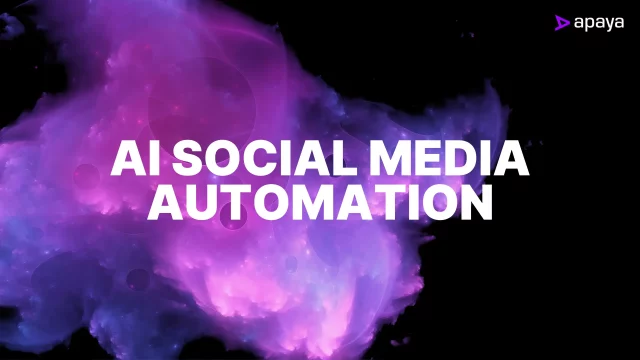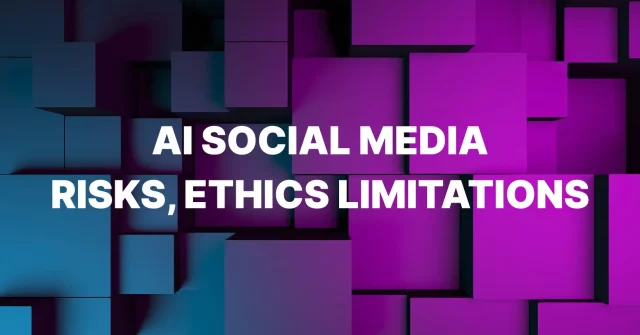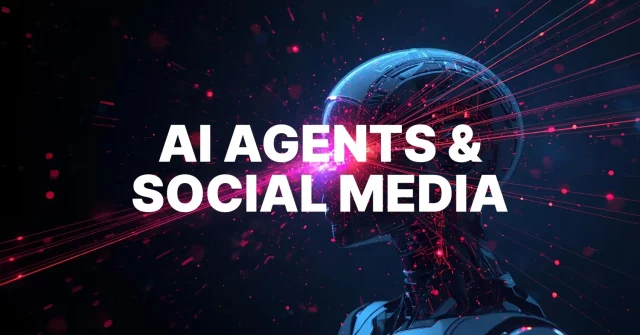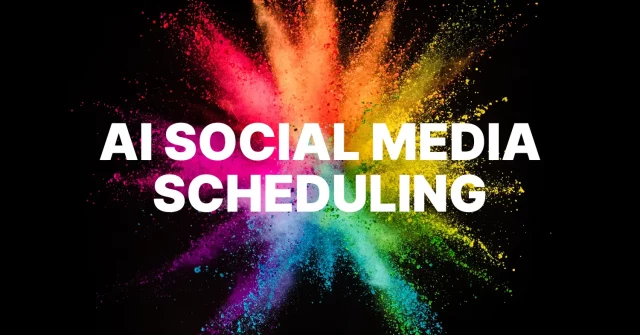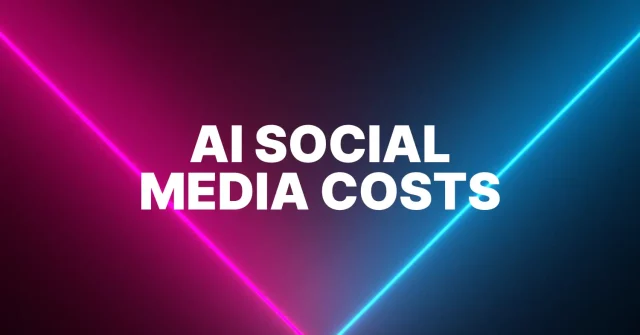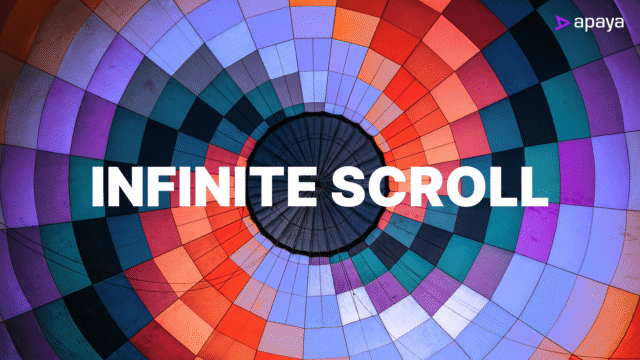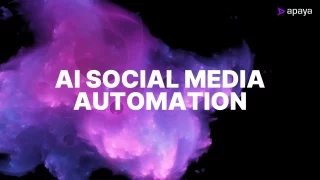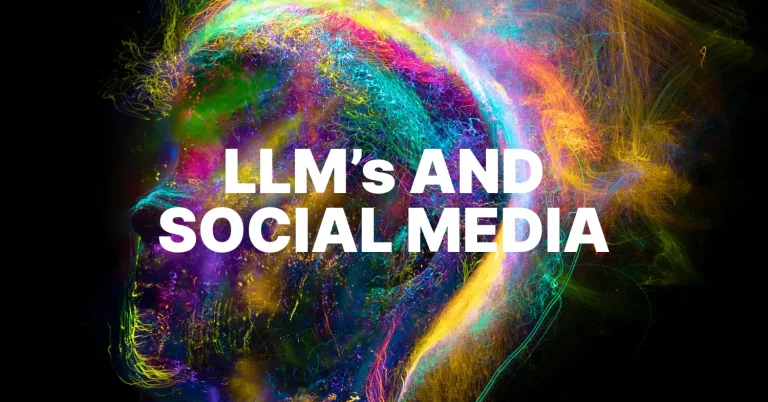
The Role of AI and LLMs for Social Media
Written by: Tim Eisenhauer
Last updated:

“The AI revolution isn’t coming. It’s already here, and it’s writing your competitor’s tweets while you’re still arguing about whether robots will take over the world.”
– Anonymous Tech CEO (who probably had AI write this quote)
I Thought AI Writers Were Complete Nonsense.
I was sitting in my home office, staring at my screen with that special kind of rage reserved for technology that promises miracles and delivers crap. It was 2022, and I’d just blown $47 on yet another “revolutionary AI writing tool” that was supposed to transform my content game.
The output? It read like a robot having a stroke while trying to impersonate a human who’d never met another human. You know the type, those sentences that technically make sense but feel like eating cardboard. “Our company provides excellent solutions for your business needs.” Jesus, kill me now.
I remember turning to my business partner and saying, “This AI shit is just fancy autocorrect with a marketing budget.” I was mad. Here I was, a guy who’d spent decades learning that authentic communication was the key to business success, watching Silicon Valley try to replace human creativity with what was essentially a glorified Mad Libs generator.
I was wrong. Dead wrong. And that mistake almost cost me the chance to understand how AI social media automation actually works.
Then, about six months later, everything changed. I was at a tech conference (free booze and networking, don’t judge), and this engineer cornered me. She pulled out her laptop and showed me something called GPT-3.5 writing social media posts for her startup. But the thing is, I couldn’t tell it was AI. The posts had personality, humor, even that subtle snark that makes people want to engage.
“How the hell is this possible?” I asked, probably with my mouth hanging open like an idiot.
That’s when she explained LLMs—Large Language Models—to me. And holy cow, it wasn’t just an upgrade. It was like comparing a bicycle to a rocket ship.
What Are Large Language Models (LLMs)? (Or: Why Your Nephew’s ChatGPT Obsession Makes Sense).
Think of LLMs for social media as a super-powered autocomplete that gets context, nuance, and—the mind-blowing part—creativity.
Remember when you’d type “how to” into Google and it would suggest “how to tie a tie” because millions of other clueless dudes had searched the same thing? That’s autocomplete. Now imagine if that autocomplete had read every book, article, and Reddit thread ever written, understood the relationships between all those ideas, and could remix them into something new and relevant.
That’s an LLM.
These aren’t your daddy’s chatbots that respond “I don’t understand your query” when you ask anything beyond their script. We’re talking about generative AI systems that use natural language processing (NLP) to comprehend language the way humans do, with all its messiness, context, and implied meaning.
Here’s the breakdown:
- Old AI: Followed rules. If X, then Y. Boring as hell.
- LLMs: Learn patterns from massive datasets, understand context, and generate original text that doesn’t sound like it was written by a committee of robots.
- The Result: AI that can write like a human. Sometimes better than humans who’ve had three glasses of wine at lunch.
From Basic Text Spinners to Creative Engines: The Evolution of AI Content.
Let me tell you about my first encounter with “AI writing” back in 2015. I was running an enterprise software company and I was writing a ton of blogs … and some vendor pitched me this “revolutionary” article spinner.
The pitch was seductive: “Create 100 unique articles from one source!”
The reality? It would take a sentence like “The dog ran quickly” and spin it into literary masterpieces like “The canine moved rapidly” or “The hound sprinted fast.” Groundbreaking stuff, really. It was like hiring a thesaurus that had learned to type.
We tried using it for a few blog posts. My brother (our marketing manager) called me after reading the first post and asked if we’d outsourced the writing to someone having a medical emergency. That’s when I learned that “technically unique” and “actually readable” are two very different things.
The Journey from Garbage to Gold:
The evolution of AI content creation mirrors my own journey from corporate drone to entrepreneur. Painful, full of failures, but ultimately transformative:
- Early 2000s – Keyword Stuffers: AI that wrote for search engines, not humans. About as engaging as reading a phone book.
- 2010s – Text Spinners: The era of “The feline consumed the rodent” instead of “The cat ate the mouse.” Technically different, practically useless.
- 2020 – GPT-3 Arrives: Suddenly, AI could write coherent paragraphs. Content marketers everywhere simultaneously rejoiced and panicked about job security.
- 2023-2024 – GPT-4, Claude, Gemini: LLMs that can maintain context, understand brand voice, and even crack jokes that don’t make you want to crawl into a hole and die.
- Today: Fine-tuned models that can learn your specific brand voice and create content that your own mother couldn’t distinguish from your writing. These models are now the foundation of autonomous AI agents that manage entire social strategies, not just write posts.
The game-changer wasn’t just better technology. It was the shift from rule-based systems to learning-based systems. Instead of programming every possible scenario, these creative engines learn from patterns, just like humans do, except without the need for coffee breaks or mental health days.
How LLMs Learn Your Specific Brand Voice (Without the Therapy Sessions).
Here’s where shit gets really interesting.
Back when I was building my first real company, we hired a copywriter named Derek. Smart guy, great writer, but it took him three months to nail our brand voice. Three months of revisions, feedback sessions, and me saying things like “It needs to sound more… I don’t know… rebellious but professional?” (Super helpful feedback, I know.)
Modern LLMs? They can learn your brand voice in about 10 seconds.
The “Holy Shit, That’s Actually Me” Process:
Here’s how these text generation systems capture your unique voice:
- Feed the Beast: You give the LLM samples of your best content: website copy, blog posts, emails, social posts, that angry letter to your HOA (okay, maybe not that one).
- Pattern Recognition on Steroids: The system analyzes everything…your sentence structure, your favorite phrases, whether you use Oxford commas (you should, you barbarian), how often you drop f-bombs for emphasis.
- Context Mapping: It doesn’t just learn your words; it learns your worldview. Are you optimistic or cynical? Formal or casual? Do you reference 90s movies or TikTok trends?
- Prompt Engineering Magic: This is where the real artistry comes in. The right prompts can make the LLM write like you on your best day. You know, when you’re inspired and not just mainlining coffee and hoping for the best.
- Ethical Implementation: Of course, all this power comes with important risks and ethical considerations about authenticity and human replacement that smart businesses need to address.
I tested this with my own writing. Fed an LLM a bunch of my blog posts and my book (Who the Hell Wants to Work for You. Mastering Employee engagement) and asked it to write about employee engagement. The result? It called traditional performance reviews “about as useful as a screen door on a submarine” and suggested managers should “stop treating employees like robots and start treating them like the complex, occasionally irrational, definitely caffeinated humans they are.”
My business partner read it and asked when I’d written it. That’s when I knew we’d crossed into some next-level shit.
LLMs in Action: 5 Types of Social Media Content AI Can Generate (That Won’t Make You Want to Die).
Let me be brutally honest: Most social media copy sucks. It’s either boring corporate speak or try-hard attempts at being “relatable” that make everyone cringe. But here’s what properly trained LLMs for social media can actually create:
1. The Witty Tweet That Actually Lands.
Instead of: “We’re excited to announce our new product features!”
LLM output:
We added 5 new features to our app. 3 were customer requests, 1 was an accident we decided to keep, and 1 was Dave’s idea after his third espresso. All somehow work perfectly. 🚀
2. LinkedIn Posts That Don’t Sound Like a Motivational Poster Had a Baby with a Fortune Cookie.
Real example from a fine-tuned model:
Hired someone who admitted they didn’t know Excel during the interview.
Gave them a week to learn it.
They’re now teaching our team advanced formulas.
Sometimes ‘I don’t know’ is better than ‘I know everything.’
Confidence is overrated. Curiosity is undervalued.
3. Facebook Questions That Drive Engagement.
The AI figured out that controversy sells (shocker, right?):
Unpopular opinion: The 40-hour work week is dead, but we’re all pretending it’s alive like it’s Weekend at Bernie’s. What outdated work tradition are you still following just because ‘that’s how it’s always been done’?
4. Instagram Carousel Copy That Tells a Story.
Slide 1: “I failed at 7 businesses before this one worked…”
Slide 2: “Failure #3: A dating app for cats. Yes, really.”
Slide 3: “What I learned: Just because you CAN build something…”
[Continues with personality and narrative arc]
5. Video Script Hooks That Don’t Insult Your Audience’s Intelligence.
Stop. Before you buy another course on passive income, let me tell you about the time I lost $10K trying to dropship rubber ducks…
The key? These aren’t just templates with variables. The automated copywriting understands context, timing, and that fine line between engaging and annoying.
Beyond ChatGPT: Why an Integrated LLM for Social Media Is Superior for Automation (Or: Why Duct-Taping Tools Together Is a Terrible Strategy).
Here’s what pisses me off about the current state of AI tools: Everyone’s using ChatGPT like it’s a Swiss Army knife when what they really need is a full toolbox.
I watched a social media manager spend 3 hours every day copying and pasting between ChatGPT, Canva, and five different scheduling tools.
The Standalone Tool Trap:
Using ChatGPT alone for social media is like hiring a brilliant writer who:
- Has no idea what your brand actually does
- Can’t access your product updates
- Doesn’t know what you posted yesterday
- Can’t post anything
- Forgets everything after each conversation
I tried this approach for two weeks. Spent more time managing the AI than I would have spent just writing the damn posts myself.
The Integrated System Advantage:
An integrated LLM system (like the ones built into Apaya’s Social Media Automation Tools) is a different animal entirely:
- Brand Memory: It remembers your voice, your products, your no-go topics, and that time you swore never to use the phrase “synergy” unironically.
- Content Intelligence: It knows you posted about Feature A yesterday, so today it’ll highlight Feature B. No more accidentally posting the same announcement three times because you forgot (we’ve all been there).
- Contextual Awareness: It pulls from your website updates, blog posts, and product changes automatically. When you launch something new, it knows without you having to explain it like it’s a golden retriever.
- Publishing Pipeline: Generate, approve, schedule, publish. No copy-paste gymnastics required.
- Performance Learning: It learns what works and what doesn’t. Unlike my first marketing hire who kept posting motivational quotes despite zero engagement for 2 months straight. This learning loop is what drives the measurable ROI of AI automation—systems that get smarter over time versus tools that stay static.
Real-World Difference:
I ran a test with a client. Two weeks with ChatGPT + manual posting vs. two weeks with an integrated system.
- ChatGPT approach: 2 hours daily, inconsistent voice, missed three posting windows, accidentally posted a Valentine’s Day promotion in March (don’t ask).
- Integrated system: 15 minutes daily, consistent brand voice, zero missed posts, 47% higher engagement because the content actually made sense in context.
These results align with the 15 documented benefits of AI social media automation, from time savings to engagement improvements.
What This Means for Your Business.
Look, I’m not here to blow smoke up your ass and tell you that LLMs will solve all your problems. They won’t. They’re tools, not magic wands.
But here’s what’s real: The companies that figure out how to use LLMs for social media effectively are going to eat the lunch of those still arguing about whether AI-generated content is “authentic enough.”
My prediction? In two years, not using LLMs for content creation will be like not using spell-check. Sure, you can do it manually, but why would you want to?
The technology is here. It works. And unlike my attempt at learning to play the sitar during covid, this is actually a skill worth developing.
Your next move? Stop treating AI like it’s either going to save the world or destroy it. Start by evaluating which AI social media tools actually use LLMs effectively versus those just riding the hype wave. It’s neither. It’s a tool that, when used right, can help you create better content, faster, without sounding like a robot or losing your brand’s soul.
And if you’re still skeptical? Good. Skepticism is healthy. But while you’re being skeptical, your competitor is using LLMs to pump out content that’s engaging their audience while you’re still trying to think of a clever caption for that photo of your office coffee machine.
The future isn’t about humans vs. AI. It’s about humans with AI vs. humans without it.
Choose your side wisely.
—
If you think getting AI to sound human is hard, try getting humans to act human at work. Check out my book Who the Hell Wants to Work for You? Mastering Employee Engagement.
And if you’re done babysitting ChatGPT like it’s a drunk intern, try Apaya’s AI social media software. It learns your brand, writes your posts, schedules them, posts, and gives you analytics.
